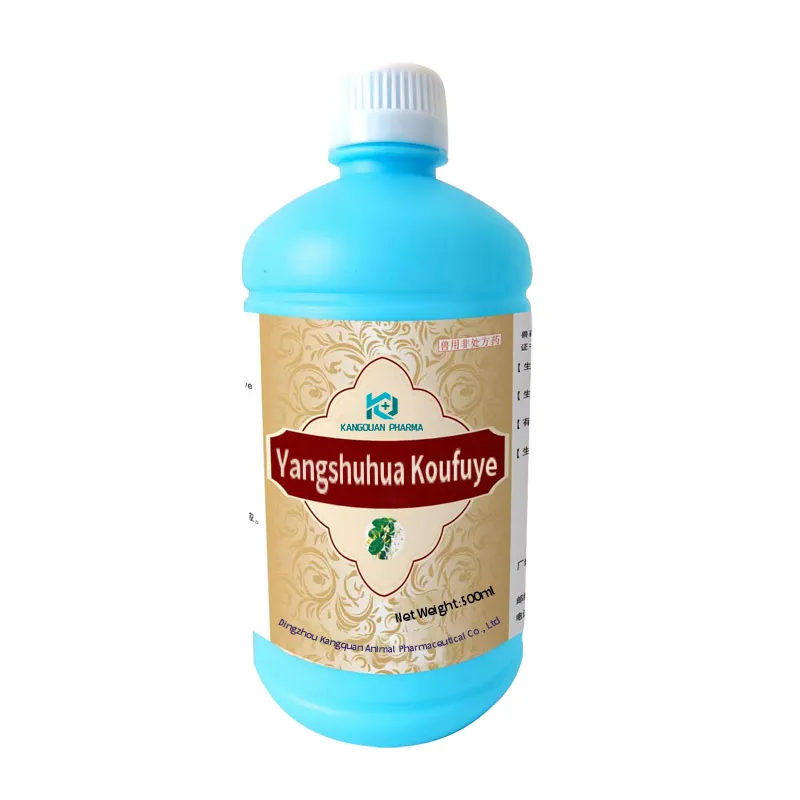- Afrikaans
- Albanian
- Amharic
- Arabic
- Armenian
- Azerbaijani
- Basque
- Belarusian
- Bengali
- Bosnian
- Bulgarian
- Catalan
- Cebuano
- Corsican
- Croatian
- Czech
- Danish
- Dutch
- English
- Esperanto
- Estonian
- Finnish
- French
- Frisian
- Galician
- Georgian
- German
- Greek
- Gujarati
- Haitian Creole
- hausa
- hawaiian
- Hebrew
- Hindi
- Miao
- Hungarian
- Icelandic
- igbo
- Indonesian
- irish
- Italian
- Japanese
- Javanese
- Kannada
- kazakh
- Khmer
- Rwandese
- Korean
- Kurdish
- Kyrgyz
- Lao
- Latin
- Latvian
- Lithuanian
- Luxembourgish
- Macedonian
- Malgashi
- Malay
- Malayalam
- Maltese
- Maori
- Marathi
- Mongolian
- Myanmar
- Nepali
- Norwegian
- Norwegian
- Occitan
- Pashto
- Persian
- Polish
- Portuguese
- Punjabi
- Romanian
- Russian
- Samoan
- Scottish Gaelic
- Serbian
- Sesotho
- Shona
- Sindhi
- Sinhala
- Slovak
- Slovenian
- Somali
- Spanish
- Sundanese
- Swahili
- Swedish
- Tagalog
- Tajik
- Tamil
- Tatar
- Telugu
- Thai
- Turkish
- Turkmen
- Ukrainian
- Urdu
- Uighur
- Uzbek
- Vietnamese
- Welsh
- Bantu
- Yiddish
- Yoruba
- Zulu
Օգս . 06, 2024 08:46 Back to list
Recommended Dosage and Guidelines for Tylosin Powder Use in Chicken Health Management
Tylosin Powder Dosage for Chickens A Guide for Poultry Farmers
Tylosin is an important antibiotic used in veterinary medicine, particularly in the poultry industry. Its primary function is to combat bacterial infections, especially those caused by Mycoplasma species, which can lead to respiratory diseases in chickens. Understanding the proper dosage and administration of tylosin powder is essential for poultry farmers to ensure the health and productivity of their flocks while minimizing the risk of antibiotic resistance.
What is Tylosin?
Tylosin is a macrolide antibiotic that works by inhibiting bacterial protein synthesis. It is commonly used in livestock due to its effectiveness against a variety of bacterial infections, including respiratory diseases, enteritis, and other conditions that can affect poultry productivity. Tylosin is usually administered in powdered form and can be mixed with feed or water for easy delivery.
Recommended Dosage
The recommended dosage of tylosin for chickens can vary depending on the specific condition being treated, the age and weight of the birds, and the formulation of the antibiotic. Generally, the dosage for tylosin ranges from 100 to 200 mg per kilogram of body weight daily. For specific diseases, dosage might be higher or lower, and it is crucial to follow the veterinarian's guidance when determining the exact amount.
For instance, for the treatment of Mycoplasma gallisepticum infections, a common recommendation is to administer 100-200 mg of tylosin per kg of feed for 5-7 days
. It is suggested that the dosage should not exceed the recommended limits to avoid potential toxicity and adverse effects in chickens.Administration Methods
tylosin powder dosage for chickens

Tylosin can be administered through two primary methods mixing with feed or dissolving in drinking water. When using the feed method, it is critical to ensure that all chickens consume the medicated feed to achieve uniform dosage across the flock. The medicated feed should be used within 48 hours to ensure the efficacy of the tylosin.
If using the drinking water method, it is essential to ensure clean, fresh water is available for the chickens to guarantee their intake of the antibiotic. It is advisable to calculate the total amount of tylosin needed based on the water consumption rate of the flock to avoid underdosing or overdosing.
Monitoring and Precautions
When administering tylosin, monitoring the flock's health is crucial. Farmers should observe for any signs of improvement or adverse reactions, such as changes in behavior, appetite, or signs of distress. If any side effects are noted, it is essential to contact a veterinarian immediately.
Additionally, it's vital to follow withdrawal times for tylosin before slaughtering chickens for meat consumption. Withdrawal times for tylosin can vary, but generally, a period of 5 to 7 days is recommended, which ensures that the drug is adequately cleared from the animals’ systems. This is critical for ensuring that meat products are safe for human consumption and do not contain residues of antibiotics.
Conclusion
In conclusion, the proper use of tylosin powder in chickens is an essential part of managing poultry health. By adhering to the recommended dosages and administration methods, poultry farmers can effectively treat and prevent bacterial infections, ensuring their flocks remain healthy and productive. Always consult a qualified veterinarian for tailored advice and guidance specific to your poultry operation and adhere to all regulations related to antibiotic use in livestock.
-
Guide to Oxytetracycline Injection
NewsMar.27,2025
-
Guide to Colistin Sulphate
NewsMar.27,2025
-
Gentamicin Sulfate: Uses, Price, And Key Information
NewsMar.27,2025
-
Enrofloxacin Injection: Uses, Price, And Supplier Information
NewsMar.27,2025
-
Dexamethasone Sodium Phosphate Injection: Uses, Price, And Key Information
NewsMar.27,2025
-
Albendazole Tablet: Uses, Dosage, Cost, And Key Information
NewsMar.27,2025













